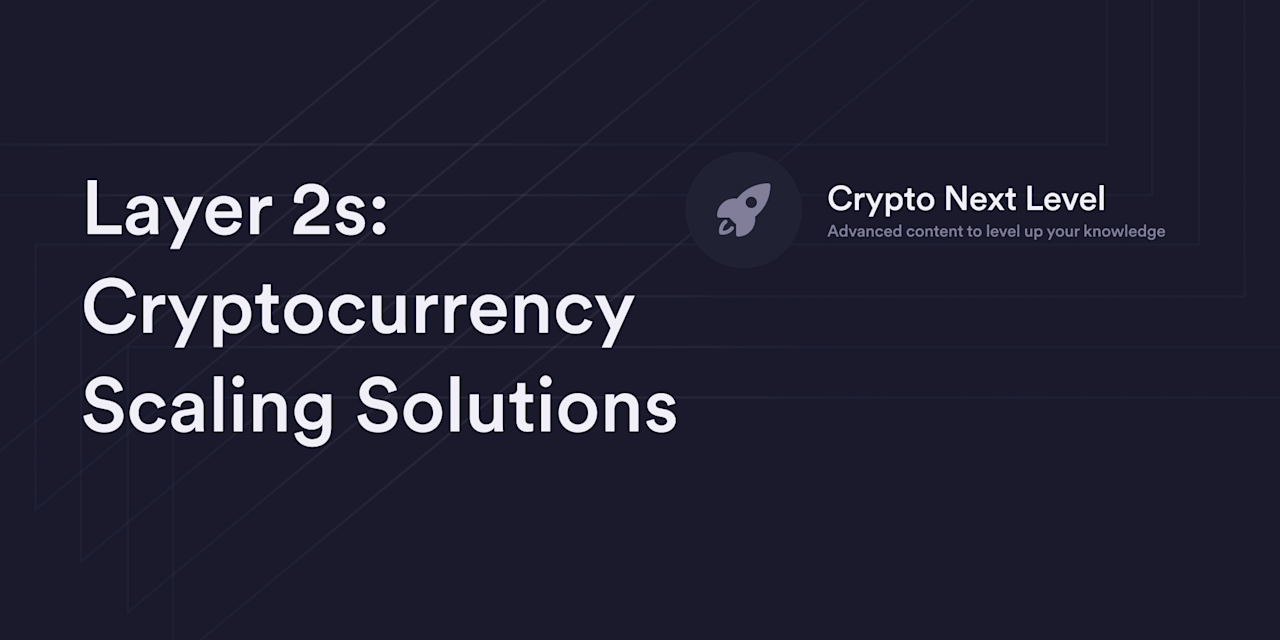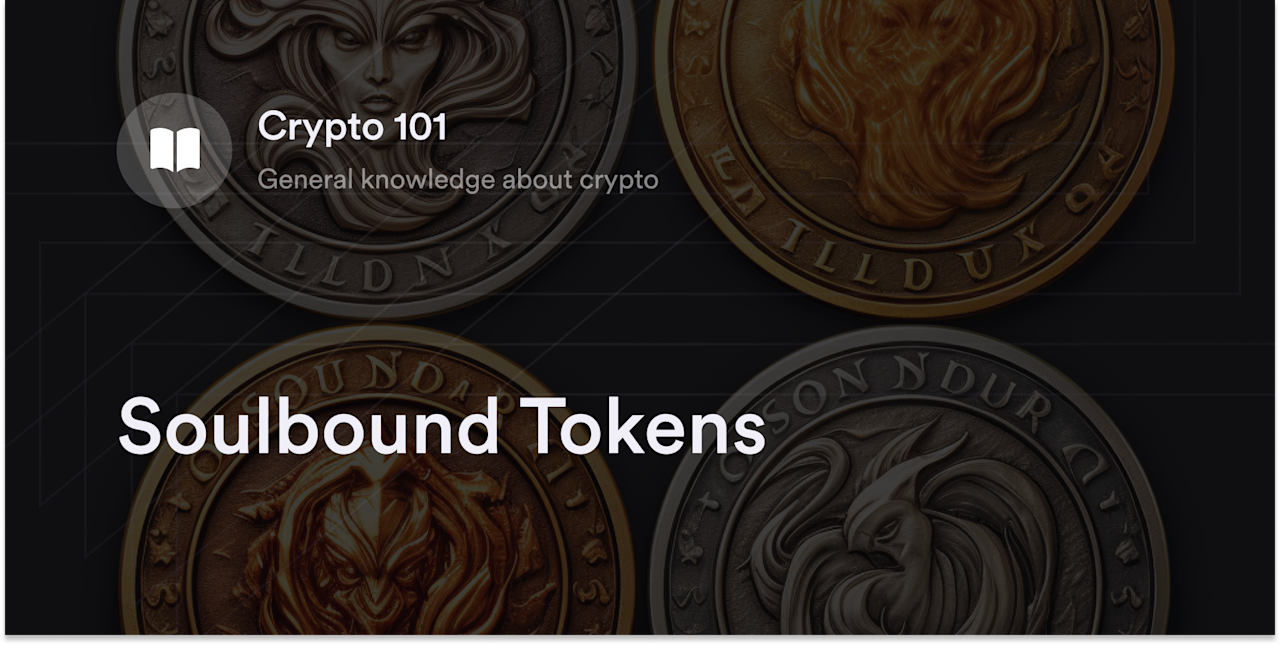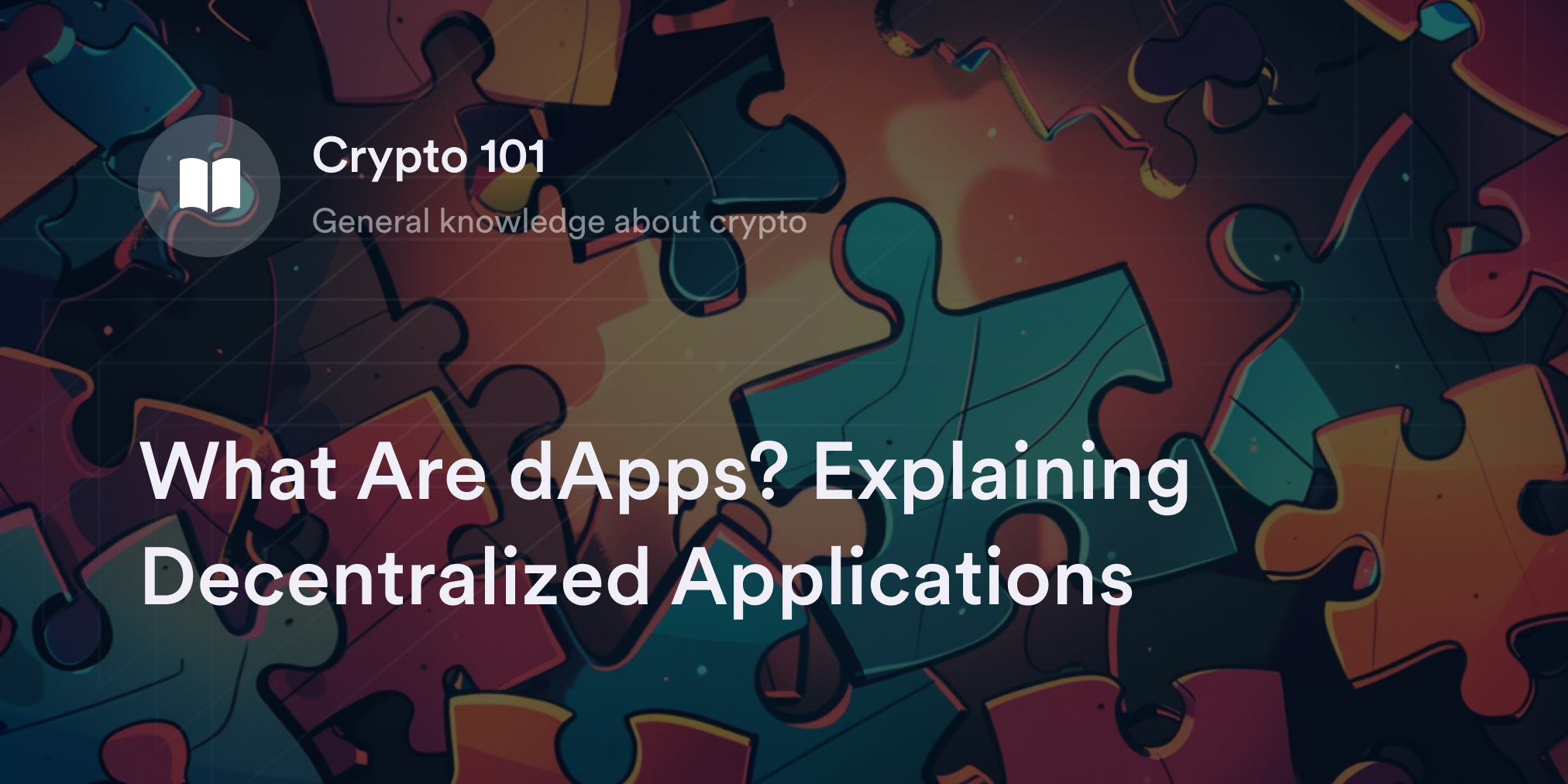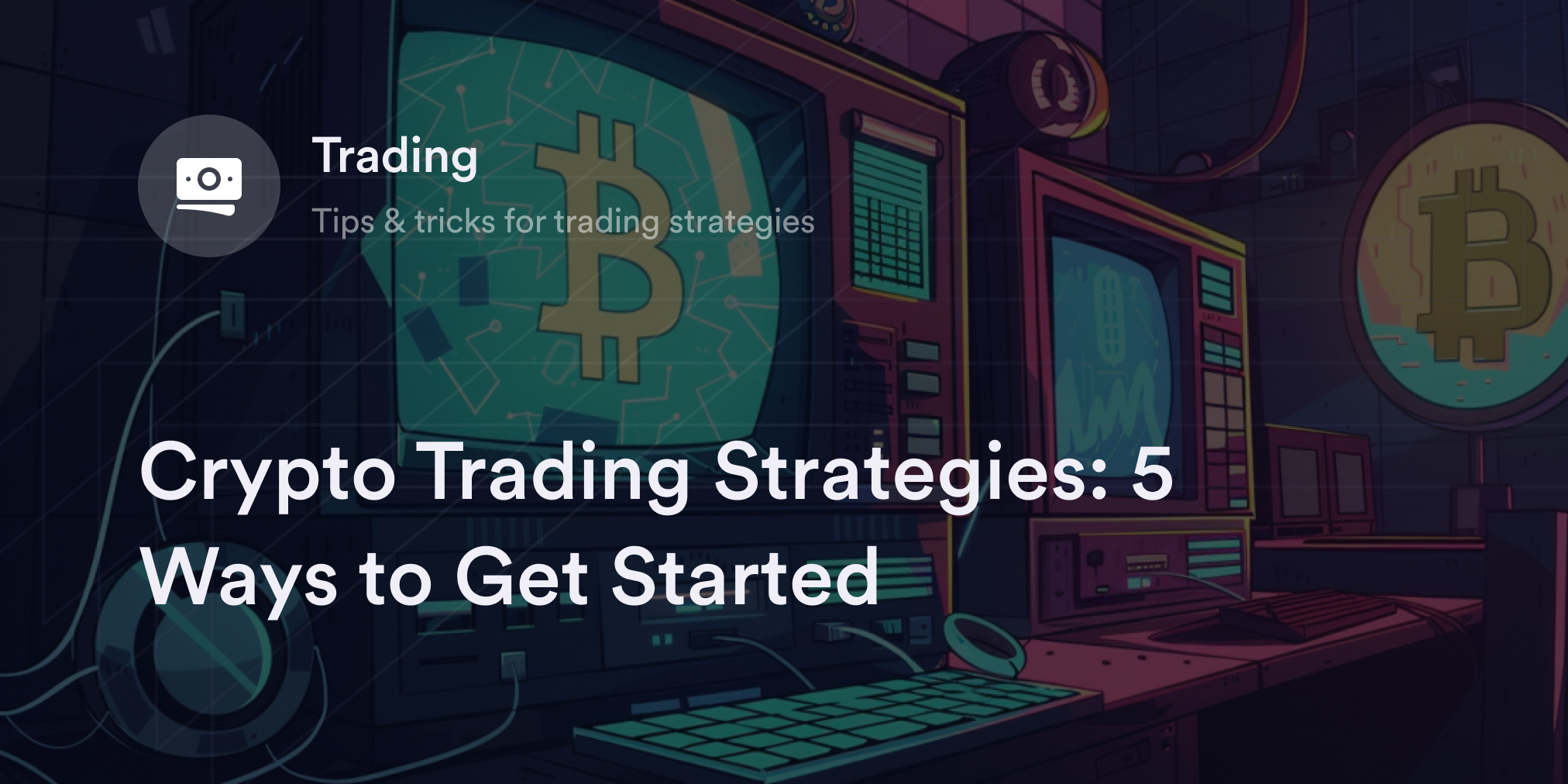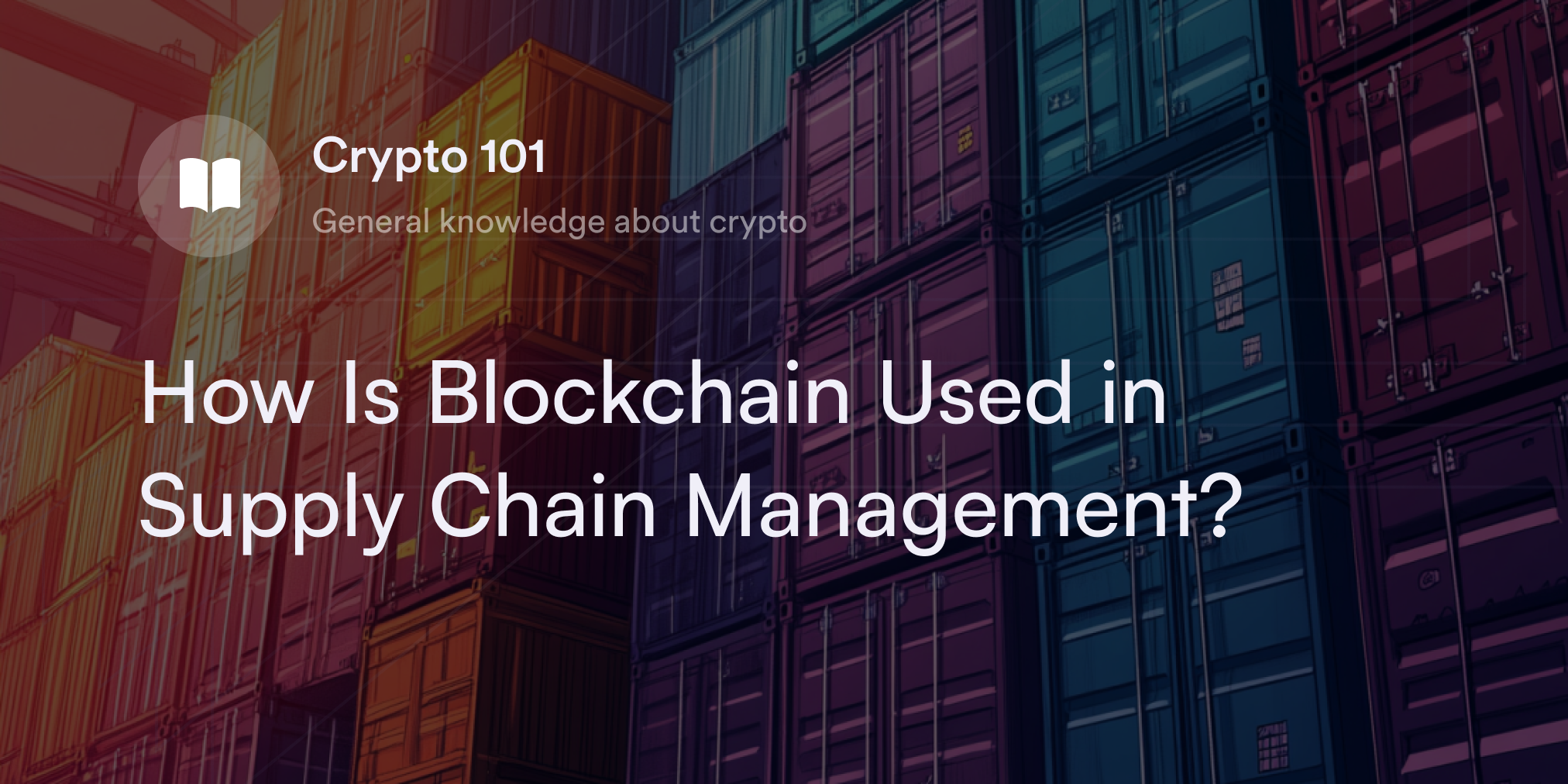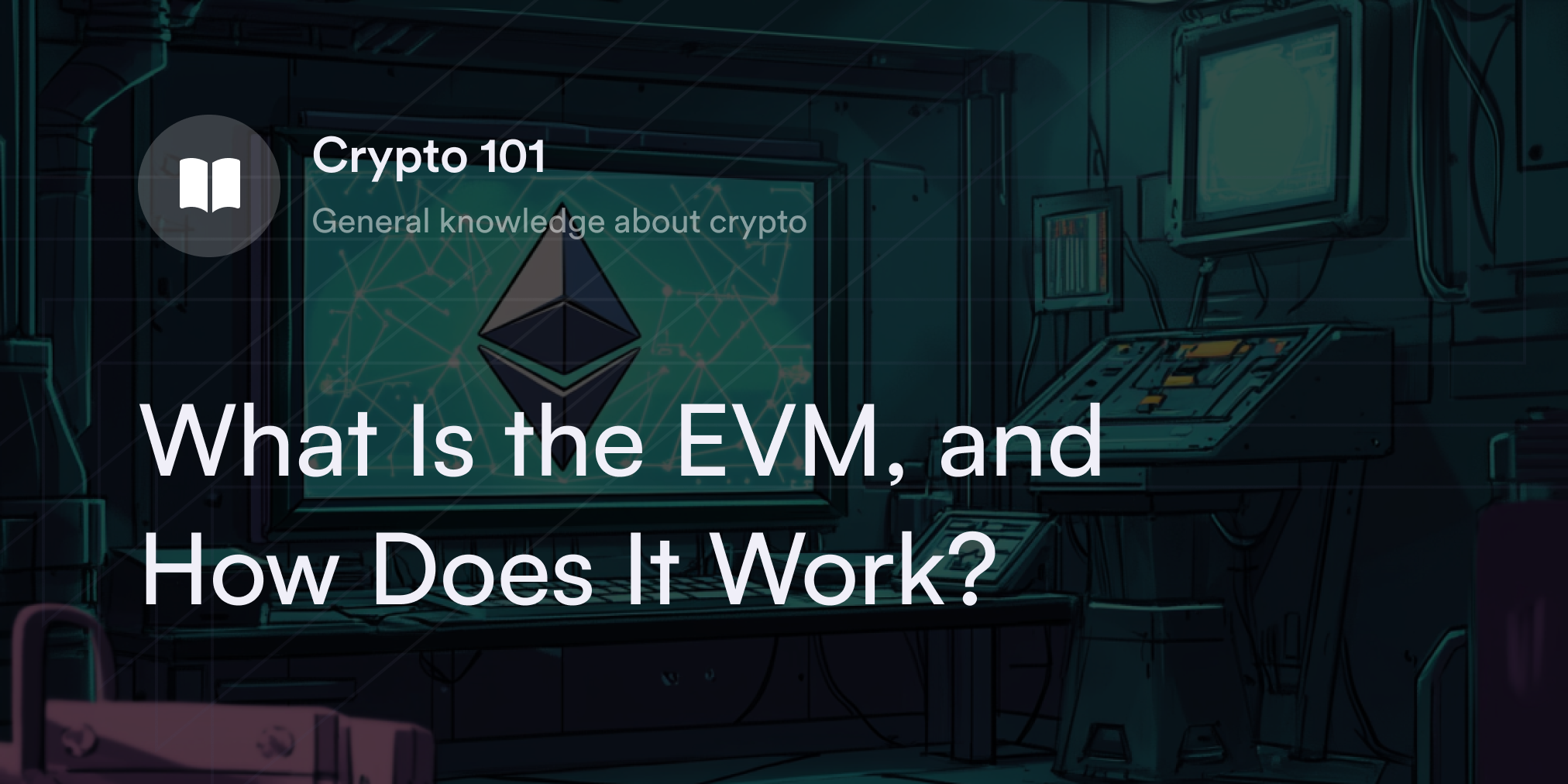
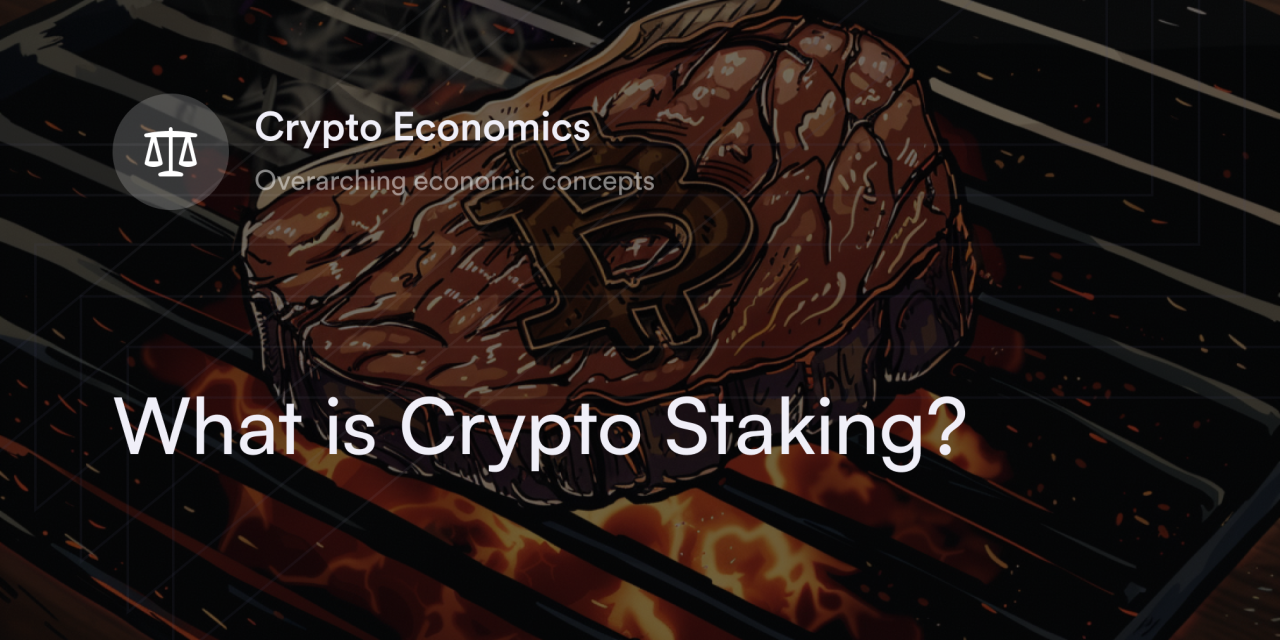

Some long-term cryptocurrency traders HODL (or hold) their coins for years and hope these digital assets grow in value. Although HODLing remains popular across the cryptocurrency universe, a new process called crypto staking has gained the trader community’s attention.
Crypto staking may seem too good to be true, but it's a popular way for traders to earn crypto rewards while maintaining their HODL portfolios.
Before diving into a crypto staking pool, people should learn more about what crypto staking is and how it works. Using staking services is a viable way to earn cryptocurrencies, but traders must consider its risks.
What is Crypto Staking?
To understand how crypto staking works, traders should review consensus protocols and the proof-of-stake (PoS) model.
Every cryptocurrency uses a blockchain to communicate and record payment data. Because central banks don't verify each crypto transfer, computers (aka nodes) need a set of guidelines to participate in network activity and validate transaction history. A consensus protocol provides the ground rules that crypto validators follow to broadcast payment data on the blockchain.
PoS requires validators to lock (or stake) a set amount of cryptocurrency on a blockchain. The coin or token people stake typically connects to the cryptocurrency’s network. For example, people who stake on the Ethereum blockchain must lock in Ethereum's Ether (ETH) coin. Then, anyone who stakes crypto on this blockchain gets a chance to validate crypto transactions and earn a reward percentage paid in the cryptocurrency they're staking. Each blockchain uses a different algorithm in timed intervals to determine who validates the next block.
Since validators on PoS networks have money locked on their blockchain, they have the incentive to play by the protocol's rules. Not only are crypto rewards "at stake," many PoS chains use slashing to discourage bad behavior. If most nodes on a PoS chain notice suspicious activity, the protocol destroys the cryptocurrency in the defaulter’s account.
Every PoS blockchain has different requirements for staking procedures, but many have a minimum staking amount and a lock-up period. Although stakers can unstake their digital currency anytime, they may need to wait days, weeks, or months for the lock-up period to end.
The reason crypto earns rewards while staking assets is that traders are putting their crypto to work in exchange for a payment from the blockchain itself. Cryptocurrencies that allow staking use a “consensus mechanism” called Proof of Stake, to ensure that all transactions are verified and secured without a bank or payment processor intermediary. If you choose to stake your crypto, it becomes part of that process, but it remains your crypto at all times.
Staking Validators vs. Delegators
Staking validators––nodes on a cryptocurrency's blockchain––send, receive, and record crypto transfers. Typically, blockchains have high minimum staking requirements for people who want to operate a PoS validator node (e.g., the minimum stake for an Ethereum validator is 32 ETH). Validators have to run their computers on the blockchain network to avoid slashing penalties. They typically receive the highest percentage of crypto rewards for providing their services to the blockchain network. On many PoS blockchains, validators may also have the right to vote on improvement protocols to decide a cryptocurrency project’s future.
Delegators, however, typically require relatively low or no minimum prerequisites for staking. They don't have to worry about high minimums because they're not running a blockchain node. Instead, these crypto traders delegate their crypto to a preexisting validator's staking pool. Often, traders use a third-party service such as a crypto wallet, exchange, or decentralized application (dApp) to delegate their crypto. Although delegators earn a percentage of staking rewards, they typically don't have voting powers and aren’t eligible for the relatively higher returns that validators receive.
Are All Cryptocurrencies Available for Staking?
Only cryptocurrencies with a PoS consensus mechanism are eligible for staking rewards. Coins using the proof-of-work (PoW) algorithm don't have a staking mechanism. Instead, PoW projects rely on miners who use large computers to solve advanced algorithms and record crypto transfers. Examples include Bitcoin (BTC), Litecoin (LTC), and Dogecoin (DOGE).
Third-party crypto price aggregator websites, such as CoinMarketCap, have descriptions of thousands of cryptocurrencies. Review each crypto project’s details—especially if it's a lesser-known token—to see if it uses the PoS model.
Examples of PoS cryptocurrencies include:
Ethereum (ETH)
Binance Coin (BNB)
Cardano (ADA)
Solana (SOL)
Polkadot (DOT)
Cosmos (ATOM)
Polygon (MATIC)
Avalanche (AVAX)
How Do People Stake Cryptocurrencies?
People use various platforms to stake cryptocurrencies. No matter the site, they first need to purchase their preferred PoS coin or token on a cryptocurrency exchange. Regardless of where users get crypto, they must exchange fiat for a PoS cryptocurrency to start staking.
Once users have PoS cryptocurrencies in their accounts, there are a few ways to stake them. A convenient method is directly on an exchange. Some CEXs––such as Coinbase––stake select cryptocurrencies on a user's behalf. While this is a simple way to start staking, traders need to trust the CEX with their digital assets.
Some self-custodial crypto wallets offer direct staking services to remove traders’ counterparty risk on CEXs. Companies such as Trust Wallet and Exodus let users stake select cryptocurrencies like BNB, ATOM, and DOT in their accounts. In this case, traders transfer crypto from an exchange to one of these non-custodial wallets, accept the wallet's staking terms, and lock their coins.
Lastly, decentralized staking protocols help people stake directly on a blockchain or connect traders with validator staking pools. For instance, dApp Lido Finance lets clients stake digital assets through their crypto wallet. Although Lido Finance is best known for its ETH crypto staking service, it also permits staking for Solana, Polygon, Polkadot, and Kusama. On the positive side, the decentralization of staking dApps reduces counterparty risk. However, hacks, bugs, and glitches are possible since these staking protocols are a new innovation.
Benefits and Risks of Staking?
Crypto staking is a viable way to earn passive income, but it's not risk-free. Traders should weigh the pros and cons of staking their coins before locking them into a protocol.
Crypto Staking Benefits
Passive income opportunity: Staking facilitates earning returns on a long-term cryptocurrency position. If traders plan to hold a PoS cryptocurrency for years, staking allows them to increase their position size passively.
Low minimum trading: Although becoming a staking validator is expensive, there are usually low minimum requirements to delegate cryptocurrency to a staking pool. Delegation lets traders earn rewards for staking their cryptocurrency position without risking a huge dollar sum.
Blockchain ecosystem security: The more people that join a blockchain's PoS protocol with their staked crypto, the more decentralized it becomes. Blockchains with a high degree of decentralization, by their nature, are more resistant to hacks and double-spend attacks.
Crypto Staking Risks
Price volatility might override staking rewards: Besides stablecoins, cryptocurrency prices wildly fluctuate throughout the year, often negating the high average staking percentages. For instance, if a coin loses 50% of its value in a year, stakers will lose money if the annual staking reward is less than 50%.
Tax implications: Each nation has unique taxation policies for crypto rewards, which may affect a staker's potential profits. traders must always review local crypto taxation laws when calculating staking profit potential.
Lock-up period: Some PoS chains don't let stakers withdraw their staked crypto immediately. If people want to take their crypto out of a protocol, they may need to wait days, weeks, or months for their crypto's lock-up period to end.
Lack of control in staking pools: Delegators don't have as much control over how their validators run their operations or vote on blockchain improvement proposals. Plus, if a delegator sends funds to a disreputable staking pool, the protocol could slash a validator's holdings, resulting in everyone losing their crypto.
What Is the Highest Staking Reward in Crypto?
There are many dubiously high staking rewards in cryptocurrency, some of which are in the thousands of percentage points. Many small and obscure tokens have the highest staking percentages in the crypto industry to attract new traders to their projects.
To find the highest staking rewards in crypto, review the latest rates for PoS coins on third-party sites, such as CoinMarketCap and CoinGecko. If a staking reward seems exceptional, there's probably a high risk associated with the underlying cryptocurrency. Traders should consider focusing on the security, history, and fundamentals of a PoS cryptocurrency rather than the staking reward percentage. Sticking with popular PoS crypto projects is a strategy for success in staking.
Learn More About Crypto on dYdX
Staking is one of many unique trading opportunities within the crypto ecosystem. For instance, crypto perpetuals are another innovative way for eligible traders to take a position in the crypto market. Unlike standard futures contracts, crypto perpetuals have no expiration, helping traders place bets on digital assets without worrying about a settlement date.
If you’re an eligible trader, dYdX's decentralized exchange grants you access to deep liquidity and 20x leverage on perpetuals. Head to our blog to learn more about dYdX and trading.
While you’re at it, check out our academy, which houses a wealth of articles for crypto enthusiasts, traders, and traders.
Start trading on dYdX today!
Disclaimer
The content of this article (the “Article”) is provided for general informational purposes only. Reference to any specific strategy, technique, product, service, or entity does not constitute an endorsement or recommendation by dYdX Trading Inc., or any affiliate, agent, or representative thereof (“dYdX”). Use of strategies, techniques, products or services referenced in this Article may involve material risks, including the risk of financial losses arising from the volatility, operational loss, or nonconsensual liquidation of digital assets. The content of this Article does not constitute, and should not be considered, construed, or relied upon as, financial advice, legal advice, tax advice, investment advice, or advice of any other nature; and the content of this Article is not an offer, solicitation or call to action to make any investment, or purchase any crypto asset, of any kind. dYdX makes no representation, assurance or guarantee as to the accuracy, completeness, timeliness, suitability, or validity of any information in this Article or any third-party website that may be linked to it. You are solely responsible for conducting independent research, performing due diligence, and/or seeking advice from a professional advisor prior to taking any financial, tax, legal, or investment action.
You may only use the dYdX Services in compliance with the dYdX Terms of Use available here, including the geographic restrictions therein.
Any applicable sponsorship in connection with this Article will be disclosed, and any reference to a sponsor in this Article is for disclosure purposes, or informational in nature, and in any event is not a call to action to make an investment, acquire a service or product, or purchase crypto assets. This Article does not offer the purchase or sale of any financial instruments or related services.
By accessing this Article and taking any action in connection with the information contained in this Article, you agree that dYdX is not responsible, directly or indirectly, for any errors, omissions, or delays related to this Article, or any damage, injury, or loss incurred in connection with use of or reliance on the content of this Article, including any specific strategy, technique, product, service, or entity that may be referenced in the Article.

